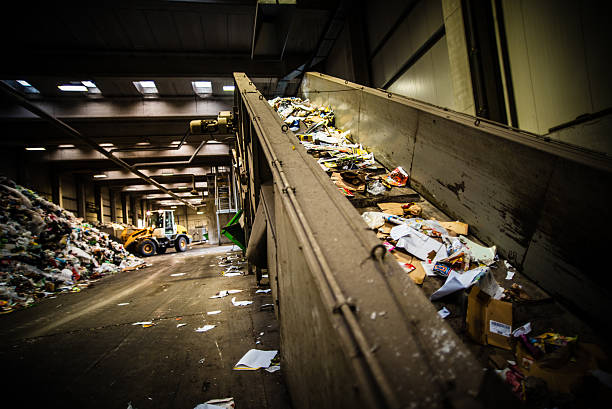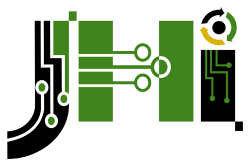 Laboratories are at the forefront of scientific research and innovation. They house state-of-the-art equipment, instruments, and technologies that are essential for scientific discoveries. However, as laboratory equipment advances, older devices become obsolete, leading to a growing challenge – what to do with outdated or unwanted lab equipment. In this blog post, we’ll delve into the importance of laboratory equipment recycling and disposition, and how adopting sustainable practices can benefit the scientific community and the environment.
Laboratories are at the forefront of scientific research and innovation. They house state-of-the-art equipment, instruments, and technologies that are essential for scientific discoveries. However, as laboratory equipment advances, older devices become obsolete, leading to a growing challenge – what to do with outdated or unwanted lab equipment. In this blog post, we’ll delve into the importance of laboratory equipment recycling and disposition, and how adopting sustainable practices can benefit the scientific community and the environment.
The Growing Challenge of Laboratory Equipment Disposal
Laboratories continuously invest in cutting-edge equipment to stay competitive and maintain the highest research standards. As a result, older instruments and devices, which may still be in working condition, are often replaced and, unfortunately, often disposed of improperly. This practice can lead to several issues:
- Environmental Impact: Many laboratory instruments contain hazardous materials and electronic components that can be harmful to the environment when not disposed of correctly.
- Resource Waste: The materials used in laboratory equipment production, including metals and plastics, are valuable resources. Not recycling these materials contributes to resource depletion.
- Economic Loss: Laboratories may miss opportunities for financial returns by not recycling or disposing of equipment in an economically viable manner.
- Storage Constraints: Outdated equipment can occupy valuable storage space that could be used more efficiently for active research projects.
The Benefits of Laboratory Equipment Recycling and Disposition
- Environmental Responsibility: Recycling laboratory equipment minimizes the environmental impact. Proper disposal and recycling ensure that hazardous materials are handled safely, and electronic waste is managed according to regulatory standards.
- Resource Conservation: Recycling lab equipment allows for the recovery of valuable materials, reducing the need for resource extraction and contributing to resource conservation.
- Financial Returns: Many older laboratory instruments, though outdated for one laboratory, may still have value for others. By selling or donating equipment, laboratories can recoup some of their investment.
- Space Optimization: Removing outdated equipment creates more space for current research projects, making laboratories more efficient and organized.
 Best Practices for Laboratory Equipment Recycling and Disposition
Best Practices for Laboratory Equipment Recycling and Disposition
- Assessment: Evaluate the condition and functionality of equipment. Determine whether it can be refurbished, repurposed, or recycled.
- Data Sanitization: Ensure that all data stored on equipment is securely erased to protect sensitive information.
- Reuse or Resale: Consider offering equipment to other laboratories, institutions, or organizations that may find value in it. You can also explore the option of reselling to recoup some of your investment.
- Recycling: Properly dispose of equipment that can no longer be used. Ensure hazardous materials are handled and processed by certified recyclers.
- Partner with Responsible Organizations: Collaborate with recycling companies and organizations that specialize in laboratory equipment recycling and disposition. They have the expertise and resources to handle the process efficiently and sustainably.
Laboratory equipment recycling and disposition are essential practices for responsible and sustainable scientific progress. By adopting eco-friendly methods for dealing with outdated equipment, laboratories can contribute to resource conservation, reduce environmental impact, optimize their space, and potentially recover financial value. It’s not only about advancing science but also about advancing our commitment to environmental responsibility. Embrace the principles of sustainable laboratory equipment recycling and disposition to build a brighter future for both science and the planet.


